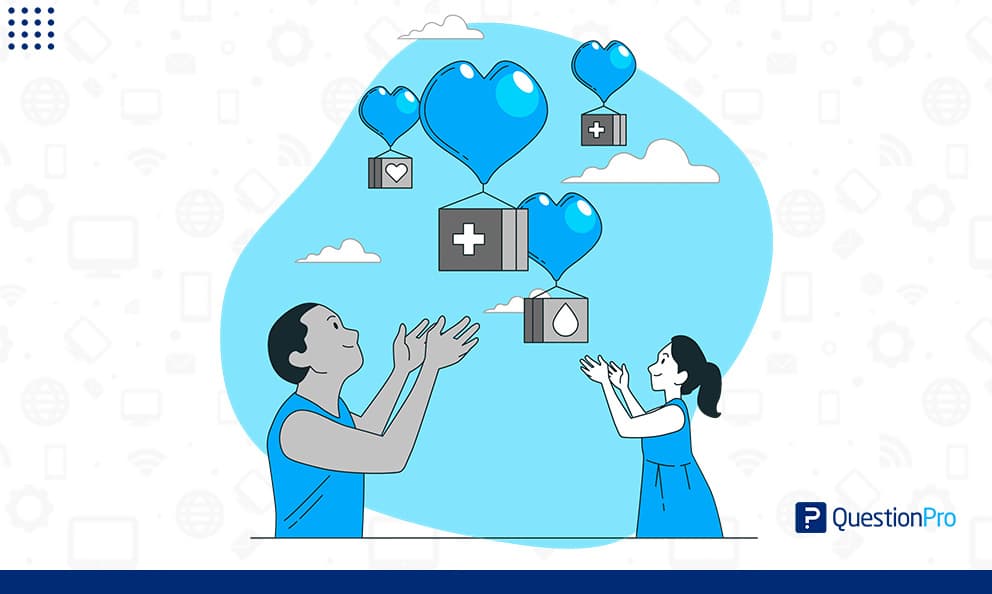
If you operate a nonprofit organization or intend to do so in the future, there are certain things you need to know for measuring nonprofit social impact and success. Like other types of organizations, nonprofits use key performance indicators to keep track of their performance. Some KPIs that nonprofits use are retention, engagement, lifetime value, and mission impact.
Nonprofits struggle to demonstrate the outcome of their work. In a study made by Oracle NetSuite, Connecting Dollars to Outcomes, only 29% of a 350 nonprofit executives were able to demonstrate the effectiveness of the money invested by donors. There are many ways to measure the mission impact of a nonprofit organization, and the specific approach you take will depend on the goals and objectives of your organization. Some good practices to measure and share the impact of your organization are:
Self-Assessment for Benchmarking Board Performance
Most nonprofit organizations use storytelling to leverage a large base of donors through emotions by getting them to know how they positively impact society. When your nonprofit can get the support of a big, regular donor, this tactic may not seem enough.
Preparing for this situation is fundamental to keeping fundraising afloat, as donors see your nonprofit as an investment in their reputation, and your success is fundamental to keeping their support. Regular self-assessment is a way to keep track of best practices from your board members and keep investors informed of the successes and opportunities your nonprofit is working on.
Collect Feedback from your Events
We know your work relentlessly on getting your event near to perfection, as this is a way to get people to know your mission and possibly get more donations. Getting feedback right after the event is vital keep the momentum going.
How many people attended the event, how many of them registered in advance, and what their satisfaction level was during the event. These questions can help you identify trends, manage your budget more effectively and raise awareness of your mission impact.
Ask Donors for Feedback
The most effective way to get valuable data is to go straight to the source. Asking donors to give feedback is the most direct way to improve a relationship and provide engagement worth responding to.
However, feedback from donors isn’t just enough by itself. Consider what they say, whether it is a change in the nonprofit planning or how you conduct your marketing efforts. If a supporter hasn’t been making contributions, don’t risk the relationship by asking for a donation, but change the communication to the improvements the organization has made.
Here are some communication tips you can consider while measuring nonprofit social impact:
- Send supporters an email update even on the small improvements the organization has made.
- Ask if they have a preferred communication going forward. Some supporters won’t mind donating regularly, but some others would prefer alternatives to support the organization’s mission.
- Send out surveys when a person donates. This way, you can gain proper feedback on the process to improve it in the future.
Use data to identify high-impact donors
Once you have a considerable database, you can take full advantage of it. Consider, for instance, the use of prospect research tools. Identifying the profile of your supporters can help you determine the potential of each one to achieve your mission of change.
There are two types of donors you should consider important:
- The philanthropist. These are the ones with a high affinity to give; they care internally for the organization’s success.
- The wealthy. This type of donor has a high capacity to give; their wealth indicators are above your average donor, and they won’t mind giving a share of it to the organization.
Create Powerful Surveys to Make Better Data-Driven Decisions
When you have a doubt, just asking is the best thing to do. Surveys provide nonprofit organizations with important information from the past to help them shape their future. Surveys are a great research tool that can help you get a large volume of information to identify trends, gather opinions, and communicate with supporters.
With modern technology, distributing surveys online has helped increase the velocity and accuracy of surveys. Most people check their email daily and don’t mind responding to a 5-minute survey on their phone if it’s for the right cause.
While there are no one-fits-all rules for nonprofit organizations, as they’re all different in their own mission, here are some top practices among insights experts:
- Keep questions focused. Determine an objective and stick to it; you don’t wanna use one survey to ask for different stuff, so you don’t confuse your audience.
- Scales and multiple choice whenever possible. Time is our most valuable thing; your VIP donors understand it. Keep it simple and keep it fast; that way, you can be sure you can get the most out of a single donor survey sent.
- Include a space for additional information. Even though this may disagree with the previous rule, you must always keep a space so supporters can give you the information you may be missing.
Measuring Nonprofit Social Impact with QuestionPro
Information is power, and nonprofit organizations need all the power to make positive change. Making data-driven decisions is a genius approach to improving the way we work. Strive to push your organization to be more transparent and accountable to your core mission. Measuring how your organization makes decisions can help show the world your impact on society.
At QuestionPro, we are committed to helping you thrive and start measuring your positive impact, and make better data-driven decisions. Get in contact with one of our account specialists to get more information, or create an account for free and start to collect information with our free nonprofit license.







